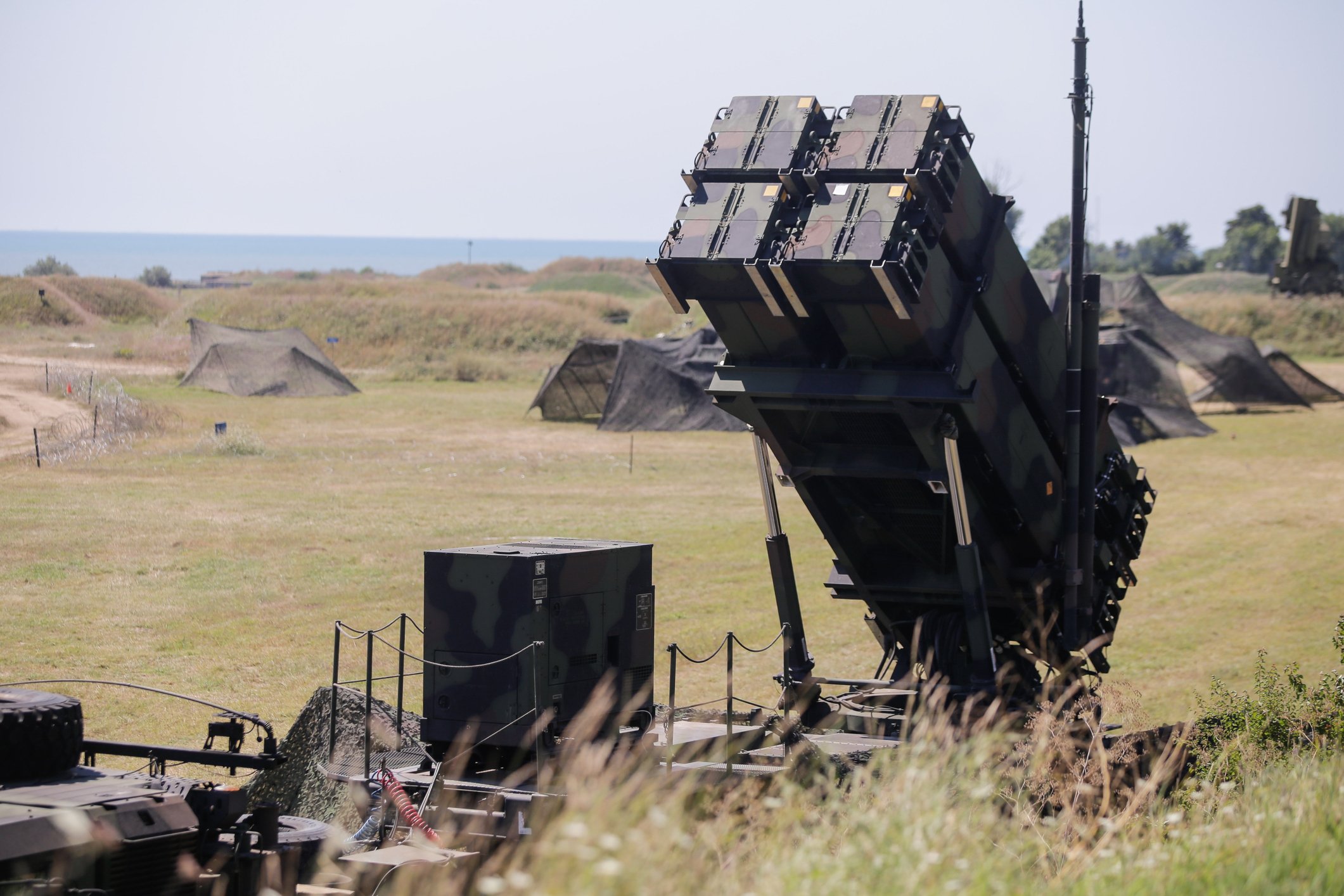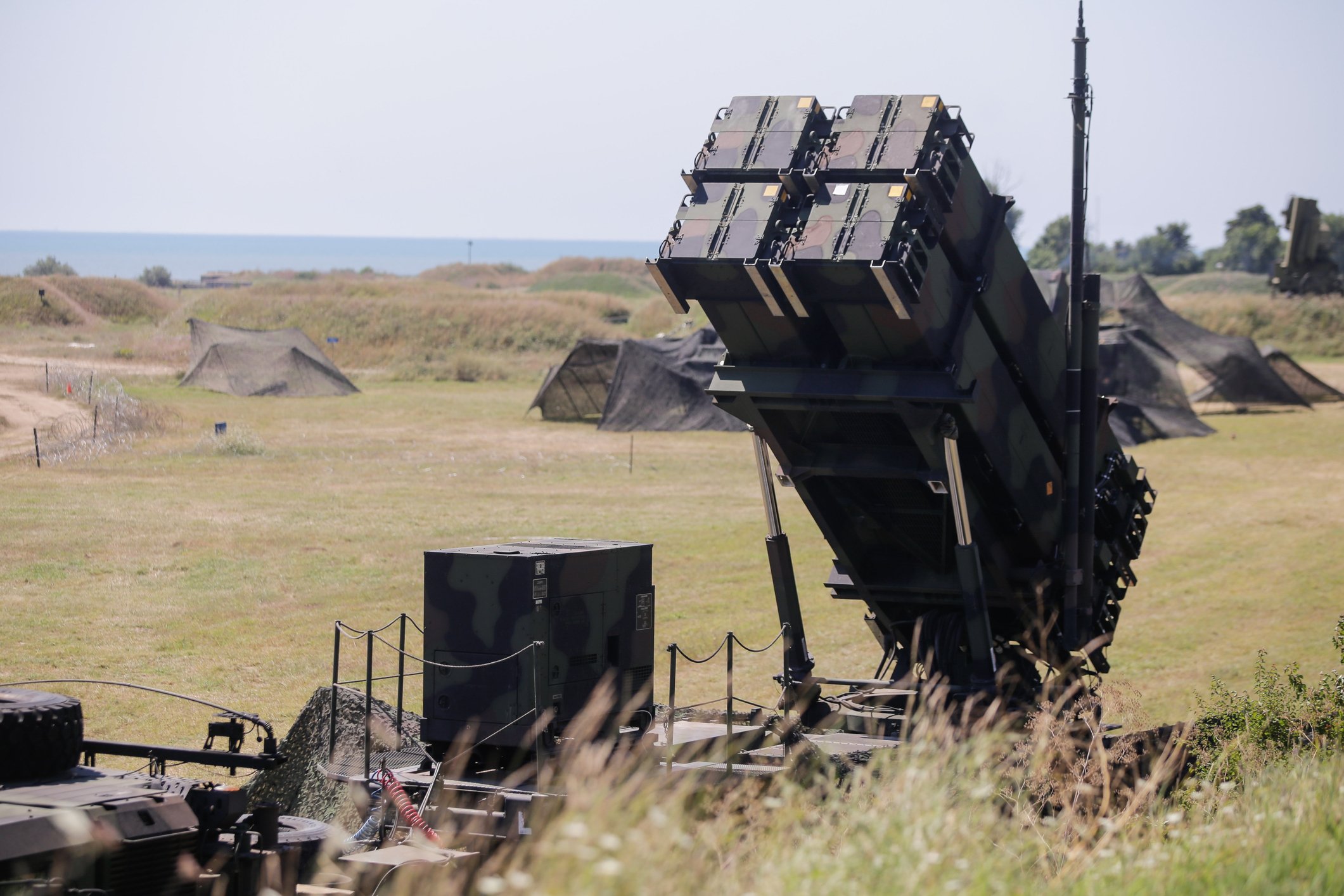On Nov. 8, the voters of the United States elected Donald Trump president. It took the new president-elect less than a month to shake up U.S. relations with China -- and potentially chart a new course for relations with Taiwan.
On Dec. 2 -- negative-1.5 months into his official term as president of the United States -- Trump accepted a telephone call from Taiwanese President Tsai Ing-wen. That was the first time leaders (or leaders-to-be) of the two countries had spoken directly, one to the other, since the U.S. ended official diplomatic relations with Taiwan in 1979 under its "One China" policy. It may also have laid the groundwork for a new U.S. policy of increasing arms exports to Taiwan.

USS Peleliu (LHA 5) is similar in design to the kind of aircraft carrier Taiwan might build. Image source: U.S. Navy.
This theory gained further strength when it was revealed last week that the Trump administration may be preparing to seek Congressional approval for a large sale of advanced weaponry to the island nation. Late last year, the Obama administration scuttled a deal to sell Taiwan $1 billion worth of advanced weapons, but now it seems his successor wants to put the deal back on track. According to Reuters, the White House's new arms package is believed to include "advanced rocket systems and anti-ship missiles to defend against China" -- and could be even bigger than the $1 billion deal that Obama had contemplated.
What about the F-35?
One weapons system that appears not to be on the table -- at least not yet -- is Lockheed Martin's (LMT +0.79%) F-35 stealth fighter jet. But it's possible even the F-35 could soon be included in a deal. After all, the U.S. has already agreed to sell F-35s to Japan, and to South Korea as well. As the third major U.S. ally in the region, Taiwan would be a natural customer for the F-35.
What's more, they appear to be laying the groundwork to accept it.
Last week, just before news of the arms deal itself broke, analytical firm Forecast International reported that Taiwan has begun planning the construction of an amphibious landing helicopter dock (LHD) warfare vessel. Sometimes referred to as a "small aircraft carrier," amphibious warfare vessels of this type offer a small nation a limited ability to project air power far from its shores. About half the size of a USS America-class LHD, but similar in size to Japan's new "helicopter destroyers," Taiwan's new 22,000-ton warship would be capable of carrying at least six large helicopters on its flight deck.
What's more, like the Japanese variant, Taiwan's new carrier could probably both launch and land Textron (TXT +0.87%) Bell-Boeing (BA 0.02%) V-22 Osprey tilt-rotor aircraft. With a sufficiently strengthened flight deck, it might even be able to carry Lockheed Martin vertical takeoff-and-landing F-35B fighter jets -- should the U.S. agree to sell them -- earning Lockheed Martin well in excess of $100 million for each fighter sold. (And yes, Taiwan has the wherewithal to pay for them. Its 2017 defense budget, confides FI, exceeds $10 billion.)
Will Trump sell F-35s to Taiwan?
Just how far is President Trump willing to push China? Well, he's already risked Chinese ire once, by accepting the Taiwanese president's phone call. While an F-35 sale is far from certain, the evidence so far suggests that Trump would at least consider it.
And judging from its aircraft carrier plans, I'd say that Taiwan is considering it, too.








